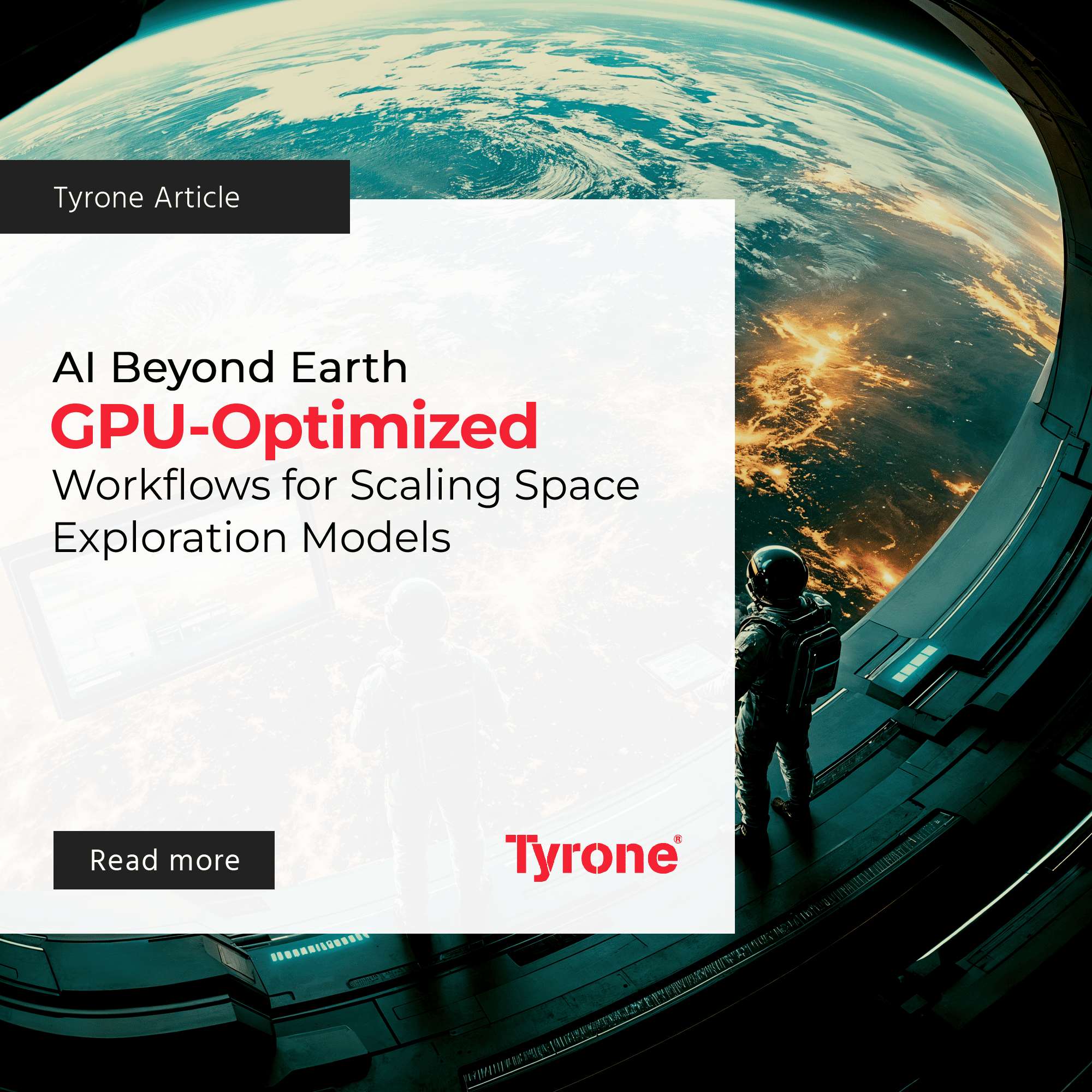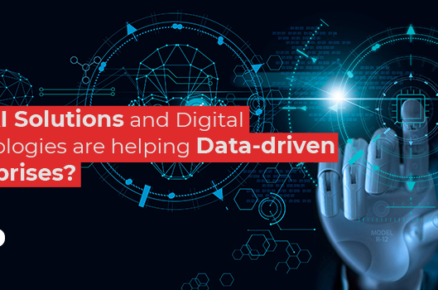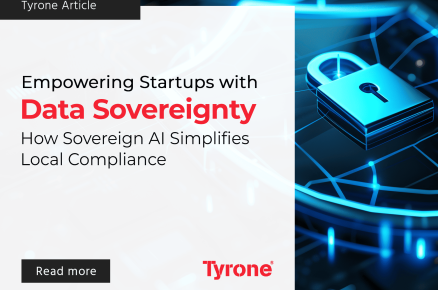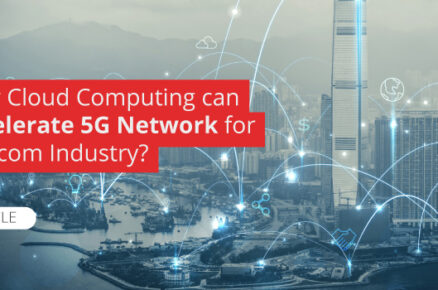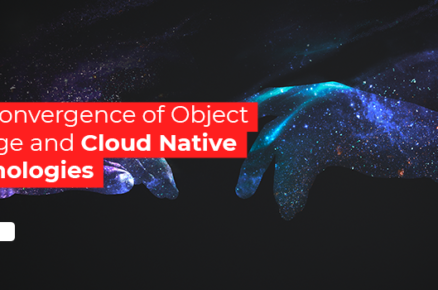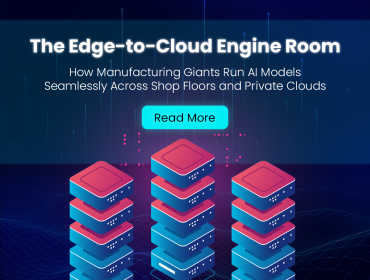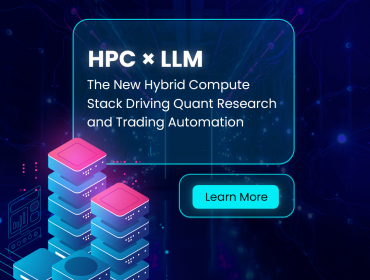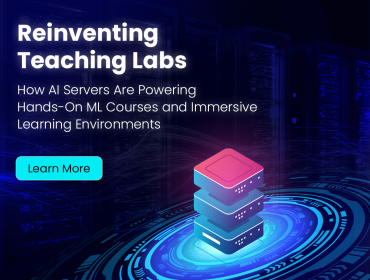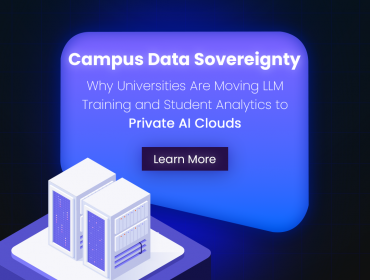In the pursuit of advancing space exploration, artificial intelligence (AI) is becoming a crucial tool for analyzing extensive cosmic datasets and simulating intricate astrophysical phenomena.
The AI market in space exploration is projected to experience significant growth in the coming years, reaching an estimated value of $12.78 billion by 2028, with a compound annual growth rate (CAGR) of 30.2% (Source: GlobeNewswire). With GPU-optimized workflows at the forefront, both space agencies and private entities are adopting these innovations to enhance the efficiency and cost-effectiveness of their space exploration models.
This article explores the advanced strategies, technical breakthroughs, and potential benefits that GPU-centric AI can bring to the realm of space exploration.
Advanced AI Models in Space Exploration
Revolutionizing Data-Intensive Missions
Space missions generate massive amounts of high-dimensional data—from satellite imagery to deep space sensor readings. Traditional CPU-bound workflows struggle to process this volume in real time, hindering rapid decision-making and in-mission adjustments. Enter GPU-accelerated computing: by leveraging parallel processing capabilities, GPUs dramatically reduce the time required to simulate, analyze, and predict complex phenomena in space exploration.
Recent research has shown that deploying GPU-optimized workflows can reduce processing times compared to conventional methods. This leap in efficiency not only accelerates model iterations but also enables near real-time analytics during critical mission phases.
Enhancing Predictive Simulations
Predictive simulations are indispensable for space exploration—whether forecasting orbital trajectories, modeling planetary atmospheres, or simulating interstellar phenomena. GPU-optimized algorithms facilitate the training of large-scale AI models that can simulate these complex systems with unprecedented accuracy. For example, when simulating the dynamic interplay of gravitational forces in a multi-body system, GPUs allow the model to run billions of parallel computations, resulting in simulation times that are orders of magnitude faster.

GPU-Optimized Workflows: Technical Insights
Parallel Processing at Scale
At the heart of GPU-optimized workflows lies the principle of parallel processing. Unlike CPUs that execute tasks sequentially, GPUs execute thousands of threads concurrently. This architecture is particularly beneficial when training deep neural networks for space simulation tasks, where matrix multiplications and tensor operations are prevalent.
Advanced AI pipelines now incorporate frameworks. These frameworks facilitate efficient memory management and reduce communication overhead in distributed computing environments, ensuring that space exploration models scale seamlessly across GPU clusters.
Dynamic Resource Allocation and Composability
Modern space exploration projects often involve fluctuating computational demands. GPU composability—the ability to dynamically allocate and reconfigure GPU resources—ensures that models receive precisely the amount of computational power they need. This dynamic allocation minimizes waste and leads to significant cost savings, an important consideration for stakeholders investing in long-term space missions.
For instance, small-scale simulations for preliminary mission planning may require only a fraction of a GPU’s resources, while high-fidelity simulations for critical trajectory adjustments might demand aggregating multiple GPUs.
Strategic Benefits for Stakeholders
Accelerated Time-to-Market
For commercial space enterprises, time is a critical asset. GPU-optimized workflows significantly reduce the time between concept and execution. Accelerated training and inference cycles mean that models can be refined and deployed faster, enabling companies to rapidly iterate on mission designs and take advantage of emergent opportunities in the competitive space exploration market.
Improved Decision-Making and Risk Mitigation
Accurate and timely simulations directly contribute to risk mitigation. With GPU-powered AI models, stakeholders can perform extensive what-if analyses and stress tests under simulated extreme conditions—be it potential micrometeoroid impacts or orbital debris encounters. The insights gleaned from these simulations empower mission planners to make informed decisions that enhance safety and mission success.
Scalability and Future-Proofing
As space exploration initiatives become increasingly ambitious—encompassing lunar bases, Mars colonies, and deep space probes—the computational demands will only grow. GPU-optimized workflows are inherently scalable, offering a future-proof solution that can adapt to the evolving needs of interplanetary exploration. By investing in such technology today, stakeholders ensure that their computational infrastructure will remain at the cutting edge as the scope of exploration expands.
Real-World Applications and Case Studies
NASA’s Mars Simulations
NASA has long been a pioneer in adopting advanced computational methods for space exploration. Recent collaborations with technology partners have demonstrated that GPU-accelerated simulations can predict Mars’ weather patterns and dust storm dynamics with remarkable precision. These advancements have not only improved mission planning but have also provided critical data that informs rover navigation and landing procedures.
Private Sector Innovations
SpaceX and Blue Origin, among other private companies, are integrating GPU-optimized AI models into their mission planning and spacecraft design processes. These companies leverage the speed and efficiency of GPU computing to run multiple simulation scenarios concurrently, thereby reducing downtime and ensuring that design iterations can be tested rapidly. Such innovations are key drivers in lowering overall mission costs while increasing mission success rates.

Conclusion
The integration of GPU-optimized workflows into space exploration models represents a transformative shift in how missions are planned, executed, and refined. By drastically reducing computational times and enabling high-fidelity simulations, GPUs are not only enhancing our understanding of the cosmos but also providing tangible strategic benefits for stakeholders. Accelerated time-to-market, improved risk management, and scalable, future-proof infrastructure ensure that both public and private space initiatives can push beyond current limitations and chart new frontiers in space exploration.
Investing in these cutting-edge AI solutions today is more than a technological upgrade—it is a strategic imperative for any stakeholder committed to pioneering the next era of space exploration.


